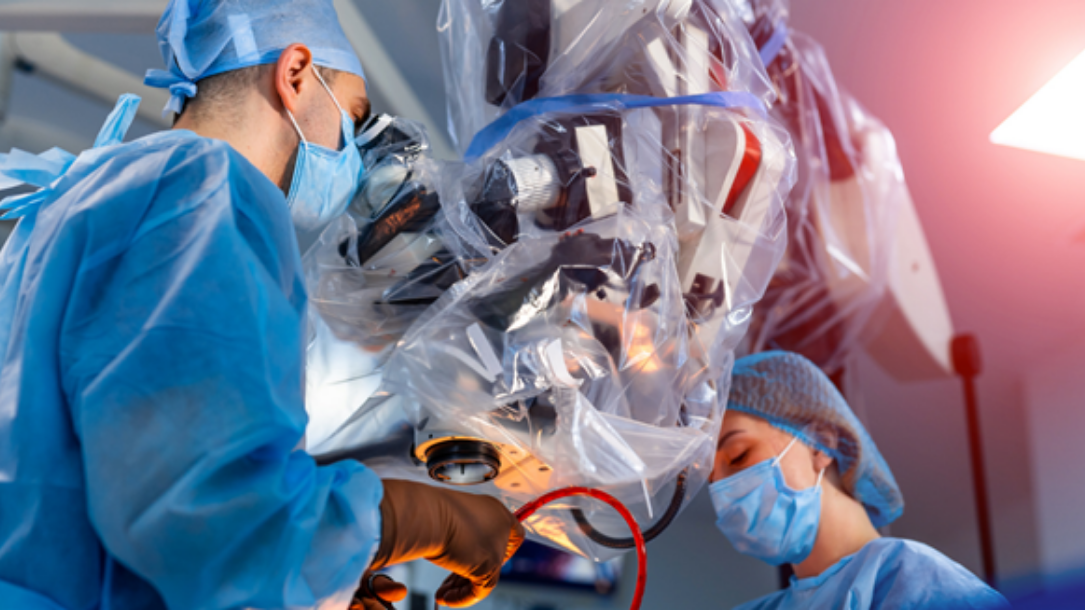Innovation is the ability to see change through an opportunity. It's the true driving force that sits behind the medical device industry, and it's what saves more and more lives each and every year.
Medical devices don't only act as a tool to help patients manage their medical conditions; they also provide doctors with the knowledge they need to follow a patient's development long after their initial visit. Technology in medical equipment innovation evolves as the year's pass. It's added a level of convenience for the patient, one which they would have never witnessed prior to the advancement.
In this article, we want to dig a little deeper to find out what the current trends are, and how they impact the world of medical equipment innovation.
Let's get started.
4 Trends in the Medical Device Industry
Managing Drug Habits
Drugs can drastically affect the lives of those who have developed a habit. It can crush a family, and even pressure the public services. In aid to support, the FDA is now striving to seize drug abuse through medical equipment innovation. VR therapy and transcranial magnetic stimulation devices are just two of the many approved plans put in place to fight drug habits.
Wearable tech
If we don't own one, we know someone who does - it's the Fitbit or Apple Watch.
Believe it or not, these two devices are some of the most significant advancements in medical equipment innovation. Medical devices like these do not only enable the patient to bask in a moderately normal quality of life, but they also increase the precision of data obtained.
Small monitors like Apple Watches and Fitbits are comfortable enough to wear throughout the day, and whilst a patient sleeps. This means that they're able to provide real-world health data, which could provide doctors with better insights into lifestyle decisions that contribute to the patient's health.
treatment of depression
Medical devices for depression are just around the corner. In fact, the NHS (National Health Service) in the UK has already created a brain stimulation device for those who suffer from mental health illness, and all they need to do is get a prescription and pick it up from a pharmacy.
It's called the Flow headset, and it's a wearable device that attaches to the head with the help of electrodes. It provides electrical stimulation to the part of the cerebrum, which controls decision-making, personality, and emotional expression.
Flow sessions typically last around thirty minutes, but researchers are now also testing the use of a small device implanted in the brain. We know, it may sound a bit scary, but its primary purpose is to regulate brain function and pulses of electrical stimulation - helping a patient to not feel 'low'.
Medical Robotics
We know that this may seem like a concept far in the future, but we can assure you that it's all very real in 2021.
The medical device industry has used examples of robotics like the Da Vinci surgical robot. It's designed explicitly to support surgeons in operating rooms. They are now also testing autonomous medical robots that disinfect hospital rooms with ultraviolet light.
The field of medical equipment innovation in robotics is one that drastically changes. In today's medical device industry, robots are becoming more and more capable of performing procedures beyond their basic baseline programming.
Life Science Language Solutions
At United Language Group we pride ourselves in being industry experts, so you don’t need to take the time to bring us up to speed on regulations, industry-specific guidelines, and the strictest global requirements. We understand scientific language and processes as well as the intricacies of settings in which your translations may be used. Let’s connect.


